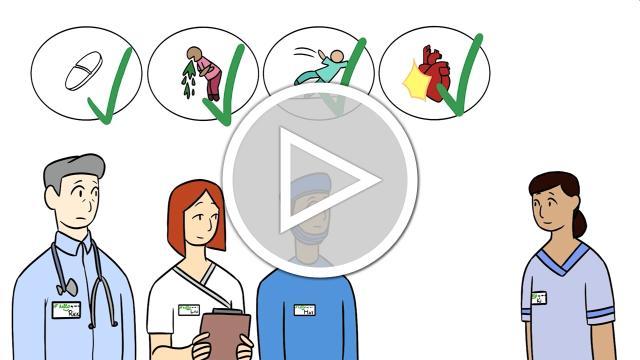This session will focus on collective leadership and responsibility for safety. The objective is to think about the team's level of awareness of safety, and the safety skills that are strong in the team as well as those that need to be developed. The desired output is an action plan for team members to develop their individual safety skills.

Click on the button below to download the Collective leadership for safety skills module package, which contains detailed information including instructions on how to run the workshop session, facilitator notes, and handouts.
This module also makes use of the Collective leadership for safety skills facilitator presentation which should be downloaded for use during the session. Please click here to download the facilitator presentation.
Please click the links below to download a modified version of this module which teams can use to conduct sessions via video conferencing rather than in-person.
Collective Leadership for Safety Skills remote session outline
Collective Leadership for Safety Skills remote handouts and outcomes template
Collective leadership for safety skills facilitator presentation
For guidance on facilitating this remote module via video conferencing software, please see the next section.
When running this remote module, participants may need to be separated into sub-groups for discussions. Please view this brief video conferencing note for guidance on how to do this.
Note that your organisation may have policies on which video conferencing tools are permitted to be used.
This session aims to build team members' understanding of collective leadership as it relates to safety skills, particularly around collective responsibility and collectively identifying the causes of errors. The team will gain understanding of the six domains of safety competencies.
Key team outputs from this session will be:
- A list of the top priorities for development of safety skills among the team
- A set of actions that can be taken to develop those priority safety skills
- A shared plan for action including responsible persons and timelines
Please click on the image below to watch a brief video introducing this module.
1-2 team members may act as facilitators. The session comprises a brief overview followed by two group exercises. One facilitator can act as the whiteboard scribe to collect ideas and discussion points.
The structure of the session is as follows:
- Introduction outlining concepts of collective leadership for safety skills (10 minutes)
- Exercise 1: Collectively identifying causes (15 minutes)
- Exercise 2: Collective responsibility for safety (30 minutes)
- Close of session: Agreement on actions, monitoring progress, and persons responsible (5 - 10 minutes)
Organisations including the World Health Organisation and various professional bodies have identified a need for integration of competency around patient safety into training at all levels for multidisciplinary healthcare staff.1 Many have developed frameworks to aid this process.
A major aspect of these frameworks is that they focus around six key domains:2
- Contribute to patient safety
- Work in teams for patient safety
- Communicate effectively for patient safety
- Manage safety risks
- Optimise human and environmental factors
- Recognise, respond to, and disclose adverse events
Researchers have now developed tools that enable teams to collectively explore their competencies, and put in place actionable and realistic plans to develop those skills.2
References
- Walton M, Woodward H, Van Staalduinen S, Lemer C, Greaves F, Noble D, Ellis B, Donaldson L, Barraclough B; Expert Group convened by the World Alliance of Patient Safety, as Expert Lead for the Sub-Programme. The WHO patient safety curriculum guide for medical schools. Qual Saf Health Care. 2010 Dec;19(6):542-6. doi: 10.1136/qshc.2009.036970. PubMed PMID: 21127112.
- Ginsburg L, Castel E, Tregunno D, Norton PG. The H-PEPSS: an instrument to measure health professionals' perceptions of patient safety competence at entry into practice. BMJ Qual Saf. 2012 Aug;21(8):676-84. doi: 10.1136/bmjqs-2011-000601. Epub 2012 May 5. PubMed PMID: 22562876; PubMed Central PMCID: PMC3402748.

